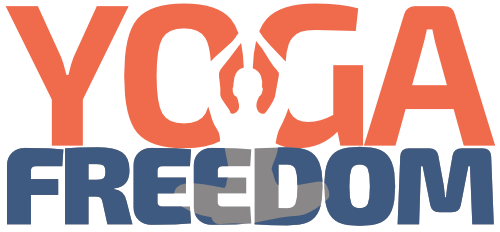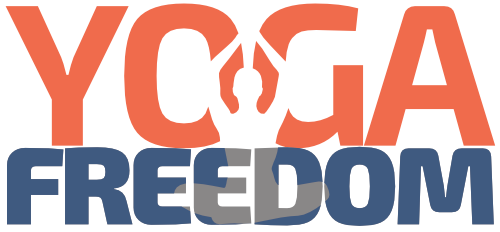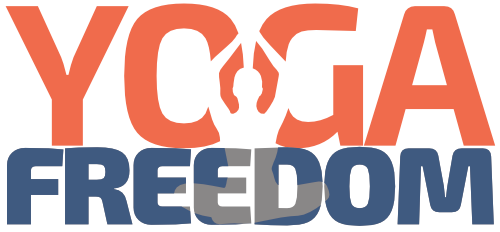Yoga Nidra is a technique that will lead you into the state we all naturally move into just before we drop off to sleep, where the conscious mind becomes inactive but the subconscious and unconscious areas of the brain are still fully alert.
Yoga Nidra is a technique that will lead you into the state we all naturally move into just before we drop off to sleep, where the conscious mind becomes inactive but the subconscious and unconscious areas of the brain are still fully alert.
There are many benefits that can be gained from a regular practice of Yoga Nidra, including the improvement of your physical, mental and emotional health, aided by the deep relaxation that is induced.
Also, a renewed feeling of personal empowerment which will help you to move into new areas of life; leading to positive life changes.
Yoga Nidra is said to reduce insomnia and stress. It is also a great tool for managing pain in those suffering from a long term or intense illness. Old thought processes or behavioural habits, such as reoccurring negative thought patterns, can be changed and eliminated over time, which consequently leads to an improvement in the quality of life.
As the aim of Yoga Nidra is to induce complete stillness throughout the body and the mind, it is advised that you remain completely free from movement during the practice.
I offer one to one Yoga Nidra sessions, where I can work with you on a personal level. If you are interested in finding out more, please do get in touch.
What will happen during your Yoga Nidra Session?
A Yoga Nidra session can be tailored towards a group of individuals, with the general theme being one of relaxation and emotional release, or it can be tailored towards the specific needs of an individual, for example a session can be used to aid the recovery of, or to gain some relief from, a specific illness. A session may be used to enhance learning capacity, or as a tool to advance one’s spiritual practice.
Yoga Nidra is practiced in a warm, dark room, which is neither too hot nor too cold; the room should be quiet and free from external noise and distractions. It may be beneficial to use a pillow and a blanket to aid your comfort because as you relax the temperature of your body will drop dramatically. It is also recommended that you should lie on a matt in relaxation pose, with the palms upper-most as this will eliminate stimulation of the brain through the fingertips and palms.
Initial Relaxation
You will be asked to lie on your back and covered with a blanket for warmth. Once you are comfortable, your awareness will be guided towards the rhythm of your breath.
You will then be asked to think of a positive statement or ‘resolve'. This statement will be mentally repeated at both the beginning and end of the session. You will then be lead into a state of relaxation using the processes listed below.
Rotation of consciousness
When you rest in Yoga Nidra, the conscious mind is taken inwardly, towards an awareness of the physical body, through a process known as the rotation of consciousness.
You will be asked to move your awareness towards specific areas of your body, in sequence, and to mentally repeat, internally, that area as it is mentioned; thus inducing a complete physical and mental relaxation.
Breathing
Your attention will then be brought back to your breath. You should let the breath be fluid and natural and should not try to force it or alter it in any way.
By maintaining an awareness of your breath, your attention is automatically taken inwardly; visualisations can also be used to assist you. An example of this would be counting the breaths, where you would count each inhalation and each exhalation, counting backwards from 54 to 1. This practice enables you to relax even further.
Feelings and sensations
Your attention will then be guided to an awareness of feelings, emotions and sensations within your body.
The feelings and emotions that are aroused should consist of opposites, for example, you may be guided towards a feeling of heaviness, then to one of lightness, or to remember a time when you may have experienced a feeling of pleasure and then towards a memory where there was an experience of pain, thus helping to balance the two emotions or sensations within the opposite hemispheres of the brain, and enabling you to gain greater conscious control of your emotions and feelings.
An increase in willpower and drive will result from the new found control because you will begin to act consciously as opposed to unconsciously within your emotions on a day-to-day level.
Guided visualisation
The next stage of the Yoga Nidra practice is that of the visualisation or guided imagery.
Here universal symbols are used to unlock and awaken the contents of your unconscious mind, allowing it to release past traumas and associations, by generating images that bring the memory forwards from the unconscious mind and into the conscious mind; once here the feelings associated with the memory can be re-experienced from a place of peace and safety, and as the memory is brought into the conscious mind, it then dissolves and no longer influences you on an unconscious level, thus freeing you from any pain associated with it.
Final visualisation and resolve
You will then be asked to repeat the resolve you made at the start of the practice, as before, it should be repeated 3 times, with conviction and should be worded in the present tense.
You will be left with a feeling of inner peace and calm at the end of the guided visualisation; thus leaving your unconscious mind open to receiving the positive message of your chosen resolve. The resolve will be heard within your unconscious mind and as a consequence, the seed of the resolve will be planted and will then grow and eventually manifest so as to influence your attitude and behaviour throughout your daily life.
Finish
Your attention will then be guided back to your breath thus bringing you back to full conscious awareness, gradually and gently. It is important to ensure that you are fully grounded, before coming back to a seated position.
If you are interested in experiencing a Yoga Nidra session, please do let me know and I will be happy to deliver a session tailored to suit your particular requirements.
Alternatively, or to complement any Yoga Nidra session I deliver, I recommend a Yoga Nidra CD by Muz Murray. Details of his website and personal journey with Yoga can found here. I personally practice Muz Murray's Yoga Nidra CD at least once each day and have found it to be an invaluable tool in maintaining a sense of wellbeing, warmth and vitality in my every day life.
Main Pages
Home
Yoga
Privacy
Privacy and Terms & Conditions
About
About Me
Connect
Yoga Freedom Blog
Facebook
Twitter
© 2019 - 2025 All rights reserved | Web design by MPS Creative


